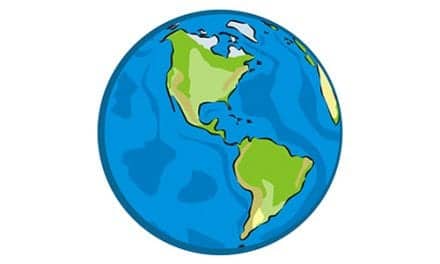Scientists say higher sulfur dioxide emissions recorded at the volcano’s vents in recent days are creating the potential for heavier than usual vog, or volcanic smog.
So far, trade winds have been mostly blowing the gray haze offshore.
Volcanic smog, or air pollution, is created by vapor, carbon dioxide and sulfur dioxide gas released from Kilauea. It reacts in the atmosphere with oxygen, sunlight, moisture and other gases and particles. In a matter of hours or days, it converts to fine particles that scatter sunlight, creating a haze that can be seen downwind of Kilauea, according to The Interagency Vog Dashboard, which is made up of Hawaii, US, and international agencies.
The US Geological Survey said sulfur dioxide emissions from the volcano have more than doubled since the current eruption began.










